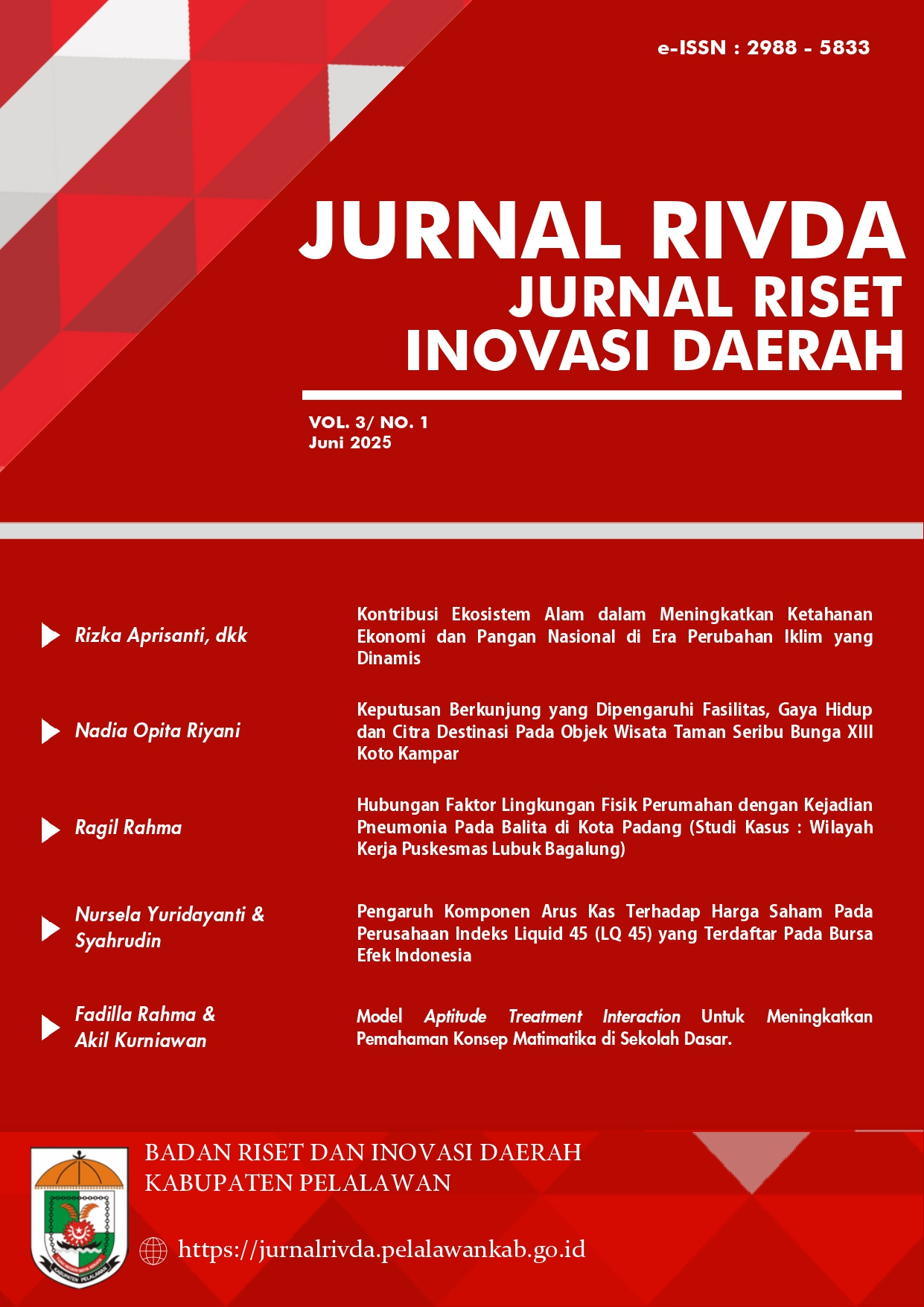Model Aptitude Treatment Interaction untuk Meningkatkan Pemahaman Konsep Matematika di Sekolah Dasar
Kata Kunci:
Model pembelajaran ATI, Pemahaman konsep matematika, Pendidikan dasar, Pembelajaran diferensiasi, Penelitian tindakan kelasAbstrak
Model pembelajaran Aptitude Treatment Interaction (ATI) merupakan pendekatan diferensiasi yang menyesuaikan strategi pembelajaran dengan kemampuan awal siswa guna meningkatkan hasil belajar. Penelitian tindakan kelas ini bertujuan untuk mengkaji perencanaan, pelaksanaan, dan efektivitas penerapan model ATI dalam meningkatkan kemampuan pemahaman konsep matematika siswa kelas III UPT SDN 013 Kumantan. Penelitian dilaksanakan dalam dua siklus, masing-masing terdiri dari dua kali pertemuan. Teknik pengumpulan data meliputi observasi, dokumentasi, dan tes tertulis, dengan analisis data secara kualitatif dan kuantitatif. Hasil penelitian menunjukkan adanya peningkatan bertahap dalam kemampuan pemahaman konsep siswa, dari 36,36% siswa yang tuntas pada pra-siklus menjadi 54,55% pada siklus I, dan meningkat signifikan menjadi 81% pada siklus II. Capaian ini telah memenuhi indikator ketuntasan minimal yang ditetapkan, sehingga tidak diperlukan siklus lanjutan. Hasil ini membuktikan bahwa model pembelajaran ATI efektif dalam menyesuaikan perlakuan pembelajaran dengan karakteristik siswa, serta mampu meningkatkan motivasi, partisipasi aktif, dan pemahaman konsep matematika. Disarankan kepada guru untuk mengadopsi dan mengadaptasi model ATI pada berbagai mata pelajaran, guna mewujudkan pembelajaran yang inklusif dan responsif terhadap kebutuhan peserta didik.



